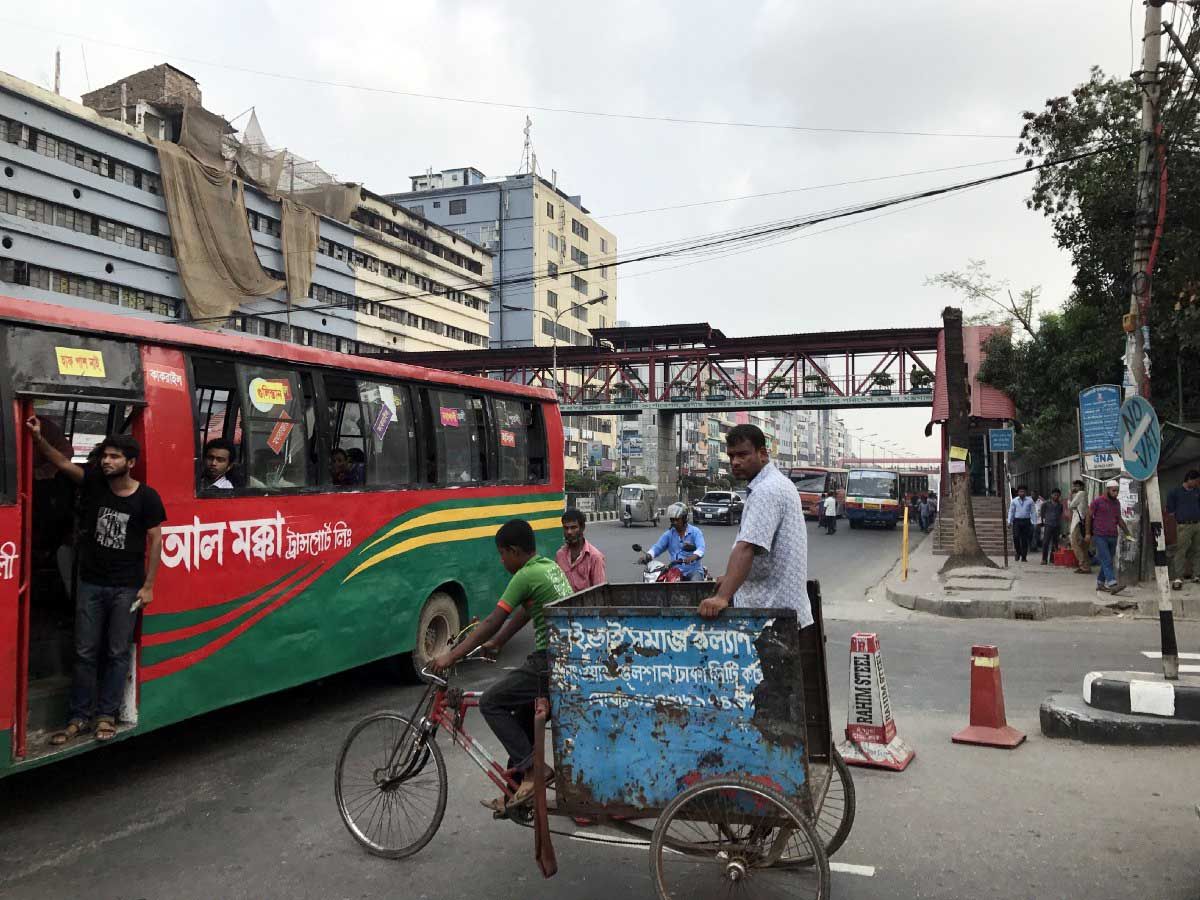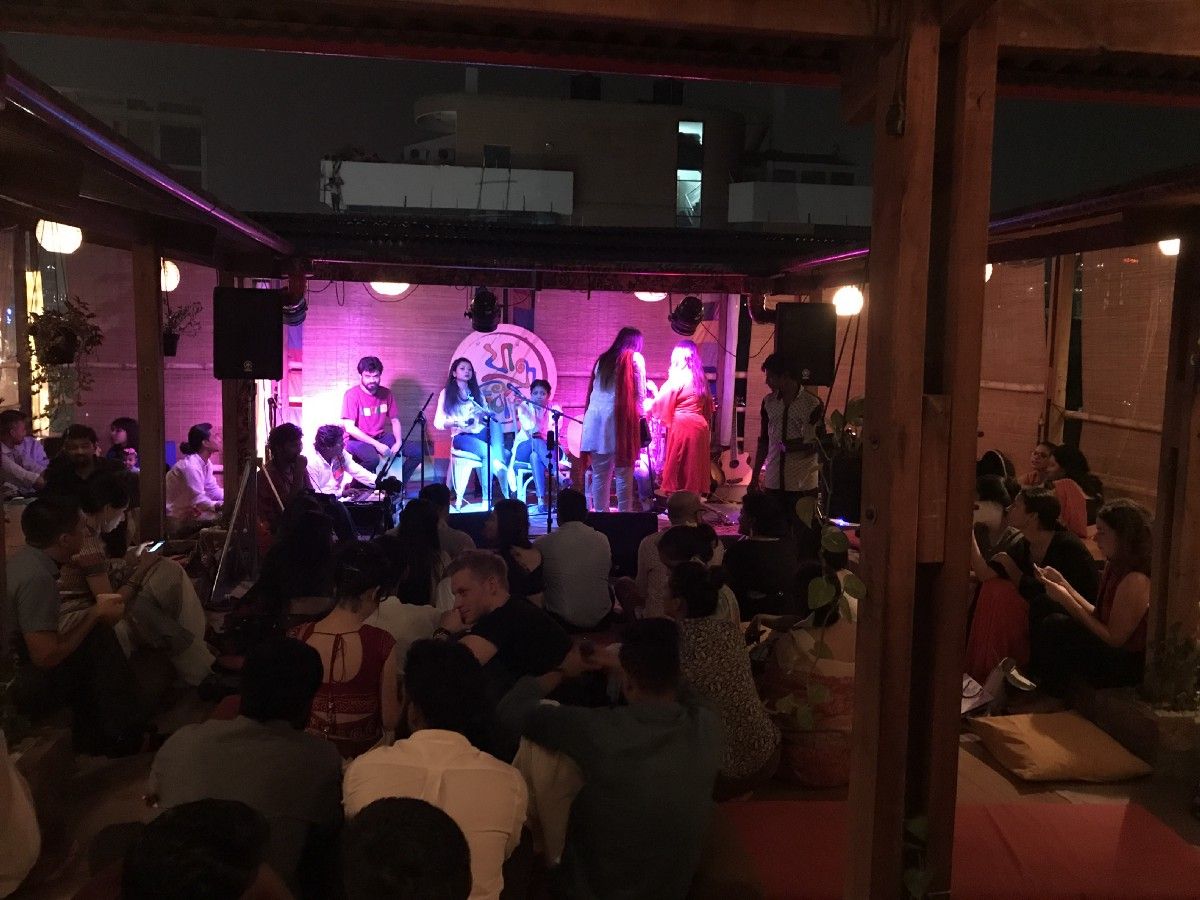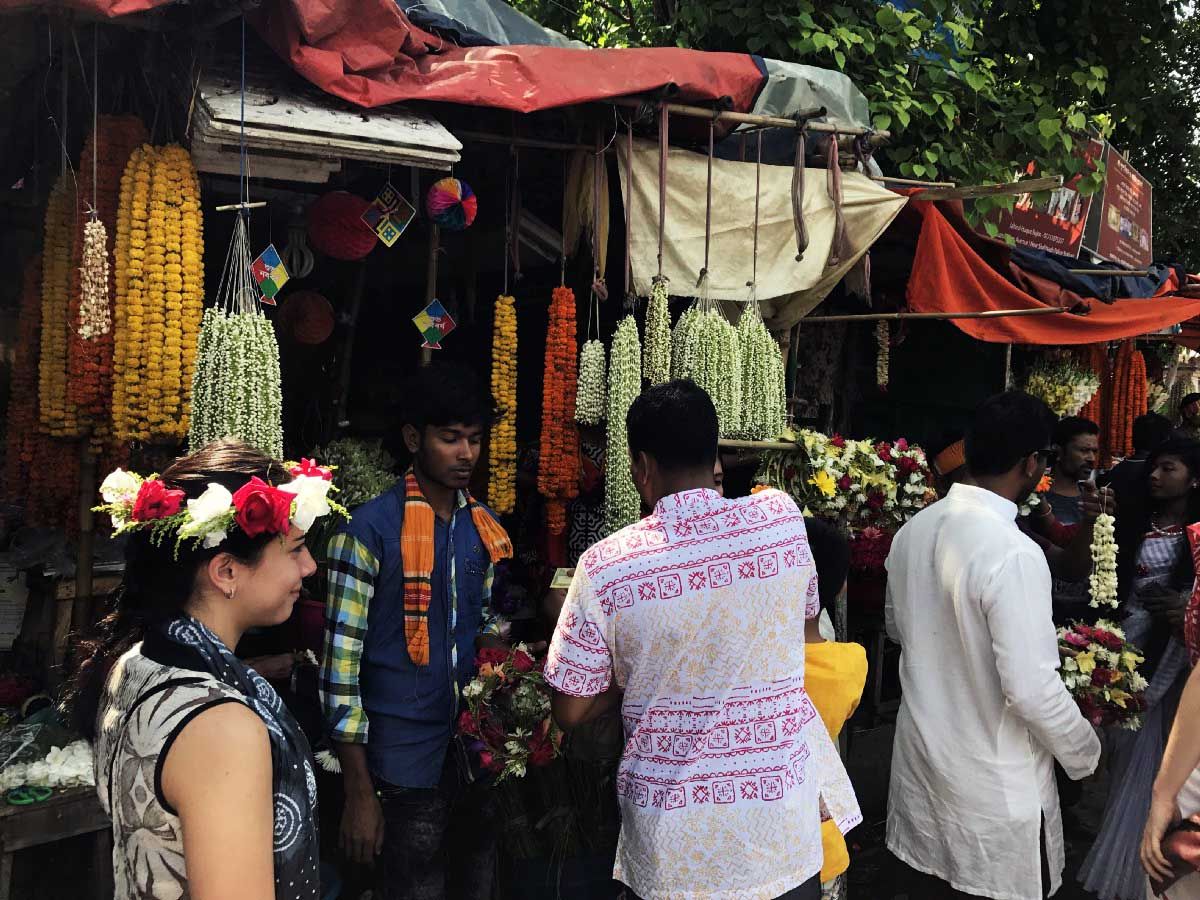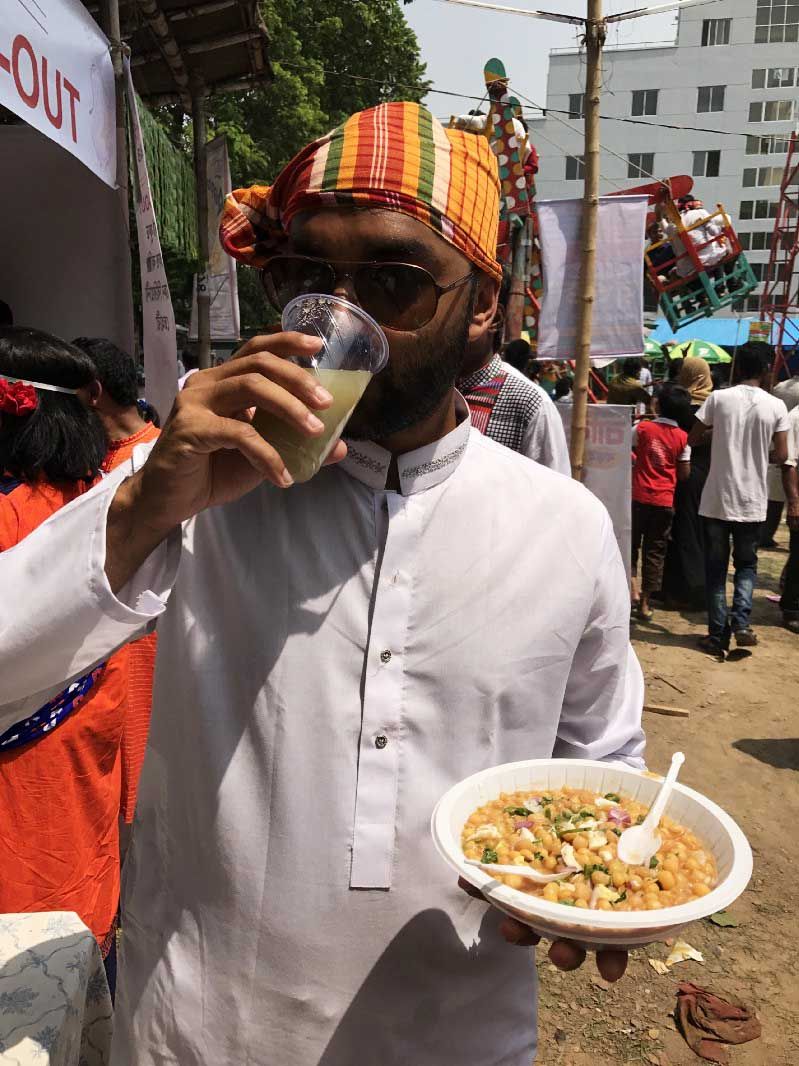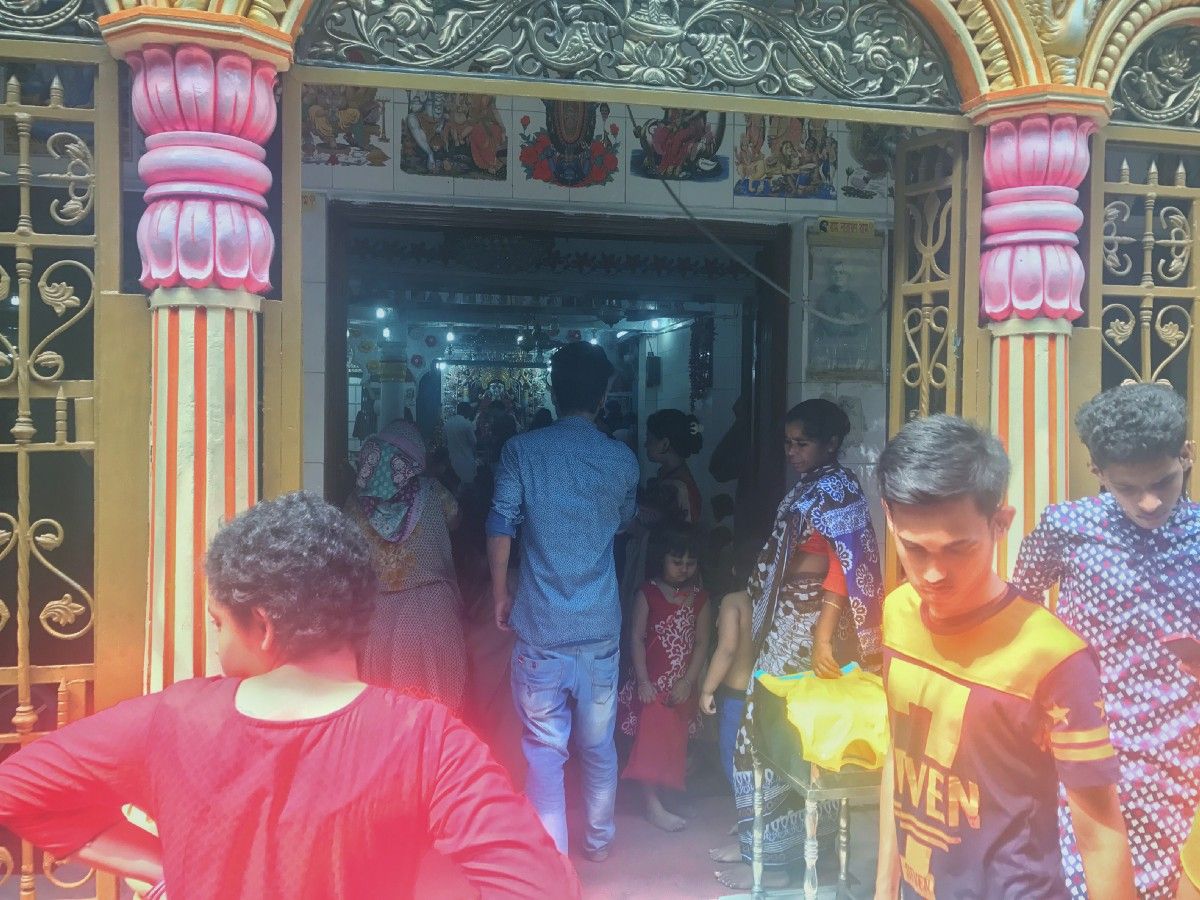I figured three days in Dhaka would be enough. After all, the capital of Bangladesh isn’t especially known for tourism or its sights. Bangladesh itself was supposedly the least developed of the South Asian giants. With neither the juggernaut destination status of India nor the exotic intrigue of Myanmar, Bangladesh is often passed up by international travelers: backpackers and weekend jet-setters alike.
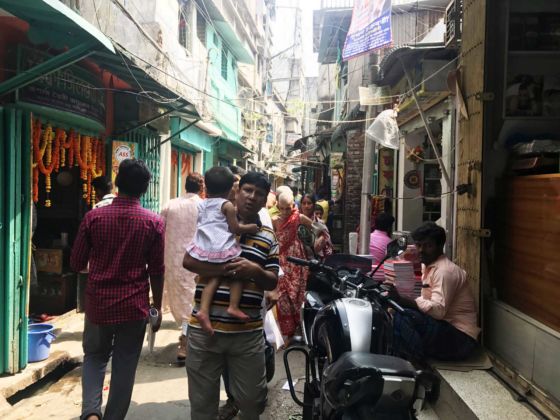

I Thought Bangladesh Was a Country Difficult to Love. I Could Not Have Been More Wrong
Still, I felt it was a necessary and informative destination during my travels. I had recently taken a sabbatical to explore South Asia, my homeland. Though I have spent the majority of my life in the States, I identify equally as both Desi as American.
Desi is a cultural term that denotes relation to the Indian subcontinent: anything or anyone who identifies with India, Pakistan, Bangladesh, Nepal among other countries in the region. It’s a non-nationalistic identity term built on the shared cultural and linguistic heritage home to 1/6th of the world’s population.
Relatively contented with what I’d learned about my birthplace, India, over my last 6 trips, I felt pleasantly obliged to learn from and connect with my desi neighbors. I seized an opportunity at work to lead some project research in Nepal leveraging my language skills. In February, I jumped through bureaucratic hoops to enter Pakistan, especially elusive for anyone with Indian ancestry. Now April, it was time to venture to the east to the Bengali heartland.
The Dhaka of my imagination was synonymous with characteristics that make a city difficult to love: congested traffic and unresolved poverty. That a city might offer something, even excel, despite certain major drawbacks can be hard to grasp. But it’s a benefit of doubt we routinely offer up to many Western cities. Chicago’s astronomical homicide rate, for example, doesn’t deter tourists from its skyscrapers. (Arguably, violent crime represents a far greater risk than spending an extra twenty minutes in an air-conditioned Uber.)
Still, I too fell prey to this type of thinking, rationalizing that 3 or 4 days would be enough to understand this urban behemoth. I’d zip in for a long weekend and get a quick feel of Bangladesh’s capital. I’d probably get sick of it within a few days.
I couldn’t have been more wrong.
***
A chance encounter months earlier had introduced me to a Bengali American, who was gracious enough to host me. I flew in on a Thursday night, exhausted after weeks of trekking in Nepal, fully expecting to be asleep by 10 pm, the Himalayan bedtime. The nighttime vibrancy of Dhaka kept me up far later. I was invited to a live music show where I was thrilled to meet an incredibly diverse group ranging from entrepreneurs to political scientists. I hadn’t encountered such a dynamic yet down-to-earth group before, if ever. I had to drag myself away from conversation to get some sleep before Bangladesh’s largest festival — Pohela Boishakh, or Bengali New Year.
It also dawned on me that weekend of the 14–16th of April is sacred across so many cultures. Here I was celebrating Pohela Boishakh with Bangladeshi Muslims, which also coincided with the Sikh New Year in India. My friends in my former home in Phnom Penh were celebrating the Buddhist Cambodian New Year, and I saw the preparations that Nepali Hindus were making for their New Year. Not to mention that Christians and Jews around the world were marking their own Easter and Passover Holidays. I’m sure many anthropologists and travelers before me had the same realization — but it was news to me.
There was something beautiful about so many major cultures and religions celebrating the same day of a new year, of liberation, of harvest, of spring, of rebirth that speaks to a greater shared humanity than any of the differences we can choose to magnify.
I would prefer to take credit for such masterful planning, some sort of expert traveler organizing to arrive exactly the eve of Bangladesh’s premier holiday. But the more mundane truth is that it was fortuitous happenstance, an artifact of my scheduling — the sort of unexpected surprise that international travel occasionally bestows. But here I was, at in the heart of Dhaka during Bengali New Year.
The streets were teeming with excitement. The roads were adorned with hand-drawn art, almost too beautiful to step on. Throngs of families dressed to the nines, in colorful Punjabis (Bengali for Kurta), saris, flower garlands, and gamchas. Throngs of women and men, Muslims, Hindus, Christians celebrating a cultural holiday with equal fervor — I realized I hadn’t experienced anything like this before. Paraders carried floats representing figures from Bengali traditional art — icons always excised in Islamic countries observing a more orthodox prohibition on graven images. There was something unique about the Dhaka spirit: a religious tolerance and an inclusion of women in public spaces less prevalent in some of its sister cities.
A pluralisic society
It was a theme I observed time and time again. 12% of Bangladesh’s citizens are Hindu, to the 86% majority of Muslims. Hindu temples and observances are a common sight throughout the country. (The remaining 2% are Buddhist and Christian.) It’s a similar majority/minority ratio seen in India, except that the 87% in India are Hindu. Protecting the rights of religious minorities has a doubly positive impact.
A pluralistic society fashions a bulwark against the religious fanaticism that can crop up in nation-states defined by a singular religious identity. All this lends itself to a remarkably progressive and liberal country. Bangladesh is a proud Muslim-majority nation, but Islam doesn’t pervade every conversation. Women appear to have broader options in their public appearance: saris, kurtas, western wear. A few women opt for the hijab; I heard this was a trend only recently imported from the Gulf.
Perhaps this religious diversity might explain the security and stability I felt throughout my time, appearing more elusive many other places. Bangladesh does have a number of natural advantages. It’s a state of almost entirely a unitary ethno-linguistic group of Bengalis which mutes the ethnic tension more prevalent elsewhere. (Classism and the protection of indigenous rights are still problematic in Bangladesh, however.)
Bangladesh’s flat marshy terrain provides no cover for any insurgencies to mount. And the government, currently led by Prime Minister Sheikh Hasina, has been extremely effective at limiting private ownership of firearms. There was a terrible attack in July of 2016, whose horror I don’t mean to downplay — but deaths by terrorism are among the lowest in the region, and its homicide rate is almost half of the United States. The government rapidly ramped up security especially in high-risk areas and has been very successful at preventing any further incidents. Most notable is how effective yet unobtrusive the security is; no heavily militarized police forces patrolling the streets here.
With all this, it should be no surprise that Bangladesh is home to one of the fastest growing economies in the world, with a 7% annual GDP growth rate. Dhaka’s is even more impressive at 12%. There is a palpable excitement as economic opportunities are increasing across the ranks. New construction abounds, with mid-rise buildings around every corner. There is a burgeoning middle class whose purchasing power is being felt throughout.
Dhaka is currently building its first metro line, to be operational by 2020, which should help alleviate some of its traffic woes. It’s not hard to feel you’re witnessing the development of one of the 21st century’s most dynamic cosmopolitan capitals.
I was amazed but mostly ashamed by how much I had to learn about the 250 million people of the Bengal region, no further from my hometown of Hyderabad, India than Seattle is from San Francisco. This was yet another example of the myopia induced by nationalism — and shamefully, perhaps the superiority complex some Indians hold over their regional counterparts. As if a marginally higher GDP per capita justifies ignorance on the cultures, languages, and ways of near neighbors.
At first glance, it would be hard to differentiate Dhaka from Delhi or Bangalore (with the exception that auto-rickshaws are green east of the border.) The cityscapes, the traffic, the way people walk, or mix rice with curry with their hands — it was all the same. Visiting Dhaka felt like meeting a cousin I didn’t know I had.
The food
I would be remiss if I failed to mention Bangladesh’s greatest seduction — its cuisine. A devotee of desi cuisine, diving into Dhaka dining was an unrivaled gustatory experience. It would require an entirely separate article (or book) to do Bengali culinary tradition even a modicum of justice — so for brevity’s sake I’ll mention just two highlights. Any description of Dhaka food must start with the bhorta — a style of food preparation involving freshly mashed ingredients ranging from vegetables like potatoes or lentils to seafood like dried fish or shrimp — served as a condiment to rice. Indians might be familiar with the eggplant (baigan) version of this dish, but it’s beyond me as to why we sample just one flavor of this broad style of cooking.
Next up is the entire flavor of mustard (shorshebat) that for reasons unknown is relegated to a background spice in other desi cuisines. The sharp pungent taste sits in strong contrast to other flavors in a dish and adds a unique element that was unfamiliar to me. One of the best uses of this, surprisingly enough, was in the kashondi mix to dress fresh cut pineapples sold by street vendors. I can already anticipate the skepticism — I’m certain there are no words to express the synchronicity pineapple can have with mustard until one tries for oneself.
***
With all this, it perhaps no surprise that I settled into a quick life in Dhaka. Unlike other destinations, this cultural overlap made it feel less like I was ‘touring’ Dhaka than living in it. Thanks to my initial introductions, I made a few close friends I was seeing regularly. Board game nights over home-cooked dal bhat torkari instead of running around searching for guidebook recommendations transformed my perspective of Bangladesh.
I met an excellent teacher and through my daily lessons I was making significant progress towards conversational Bangla. With the help of a flashcard app, and its high similarity with Hindi, I had acquired a decent grasp of the Bangla script on my flight from Kathmandu.
I even found a regular barber where we discussed Bollywood actors over a hot shave. I was so intoxicated with the city, I even started looking into jobs — setting up a few informational interviews with a tech startup in town.
Before I knew it, those 3 days in Dhaka had turned into 3 weeks. But competing priorities got the best of me — I had to other horizons to explore.
I had to further investigate the diversity of the Islamic world — so often lost in the monolithic media narrative — as preparation to study international affairs. Bangladesh was one piece in that story, albeit a key one. I grimaced as I booked my onward flight — and said my goodbyes knowing I would return soon.
This article originally appeared on Medium and is republished here with permission.
